How to deadhead lantana – to extend blooming and stop plants spreading
Lantana’s already long flowering season can be further boosted by the simple process of snipping off spent blooms

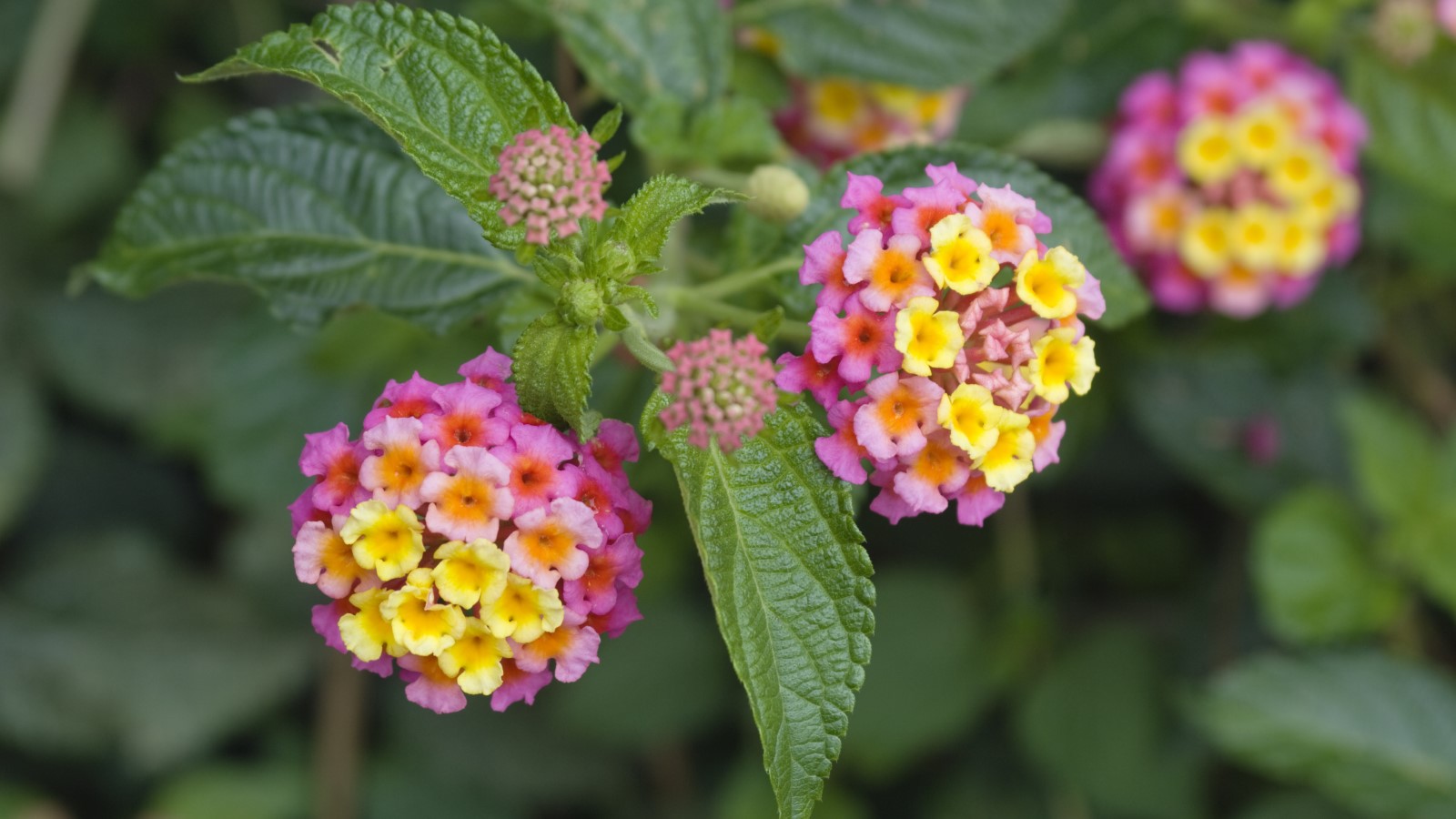
Growing lantana offers a fantastic way to bring a real pop of bright color to any backyard ideas. These sun-loving plants can flower for a very long period of time and their stunning display can be boosted even further by regularly deadheading spent blooms.
They can either be annuals or perennials, depending on your climate and the type of lantana chosen, and their growing habits range from bushes that reach up to six feet to trailing types that can cascade over the edges of containers and planters.
Adding deadheading lantana to your gardening to-do list means you can benefit from an improved display, keep the plant looking neat, and also stop the prolific spreader from potentially taking over your backyard. We take a closer look at when and how to deadhead lantana.
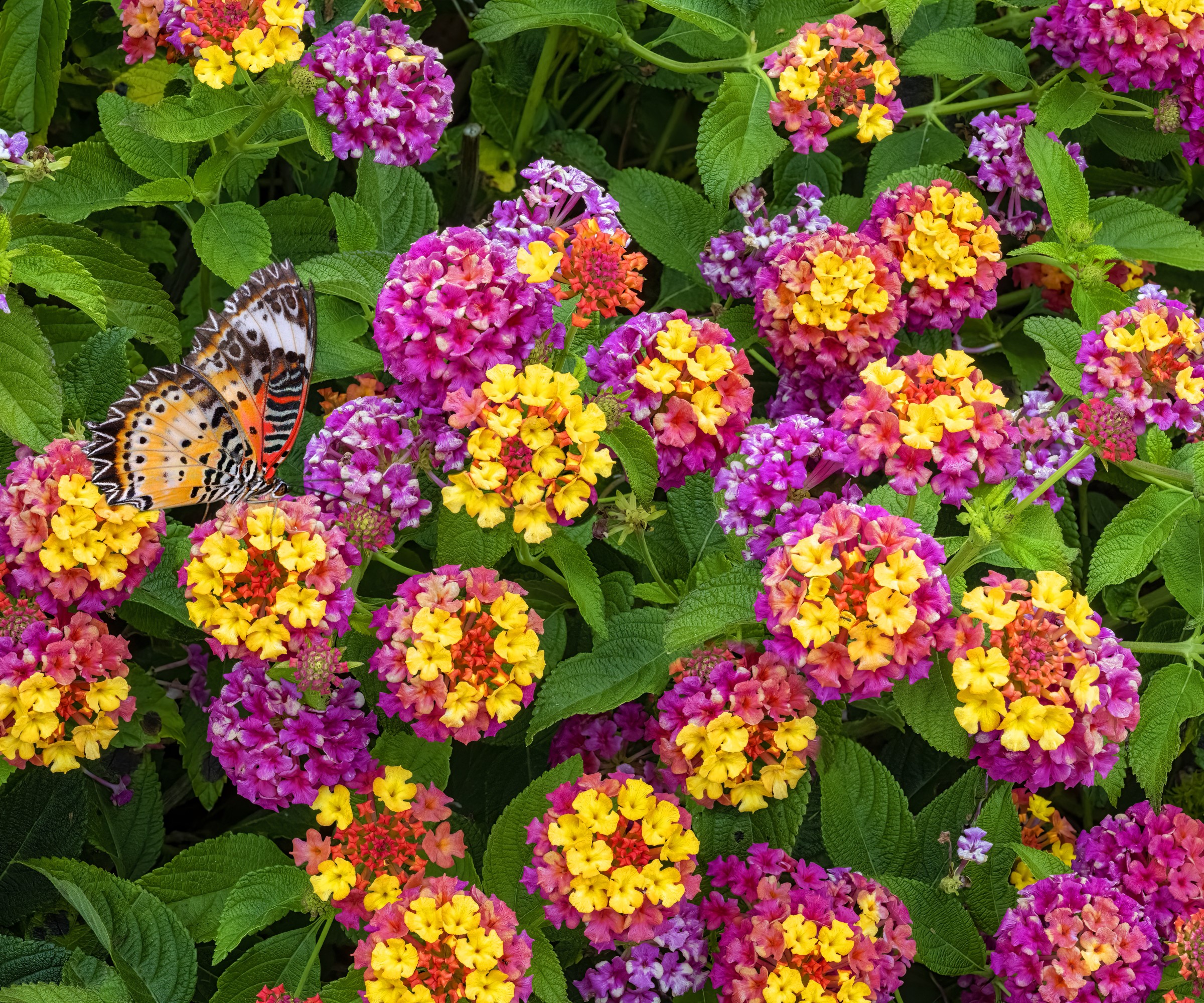
Lantana have a very long blooming season
Should I deadhead lantana?
Lantana are very versatile plants, as well as being regarded as one of the best ground cover plants they are also popular shrubs for the front of a house and also admired in hanging baskets or pots in full sun. One of their best traits is a long flowering period. They can bloom throughout spring, summer and fall, potentially almost year round in hotter US hardiness zones.
Given how lantana are not overly-demanding plants and flower profusely, you may wonder if lantana deadheading is worthwhile. The answer is that, while deadheading lantana is not absolutely necessary, it is highly beneficial for several reasons.
Firstly, it can help to promote a continuous and more vibrant blooming period. Old flower heads that are left to mature will switch focus to seed production, and this takes vital energy away from producing new flowers. Regularly removing any spent flowers and seed heads that appear puts more of the plant’s energy back into producing new flower buds. Directing the plant’s vigor back into flower production means more blooms for longer, and you benefit from the most long-lasting blooming period possible.
But does all lantana need to be deadheaded? Well the answer is potentially not. There are more than 150 different species of lantana and now, due to recent developments in breeding, not all of them go to seed.
Design expertise in your inbox – from inspiring decorating ideas and beautiful celebrity homes to practical gardening advice and shopping round-ups.
Janet Loughrey of Garden Design explains: ‘Some varieties of lantana are sterile, producing few or no seed heads. There is little benefit to deadheading sterile varieties other than aesthetic appearance.’
Deadheading lantana will neaten up the appearance of the plant. Old flower heads can look scruffy and regular removal of these keeps the plant looking neat and tidy. However, some people will leave spent flowers on the plant as the dried seeds can be a good source of food for birds, such as finches.
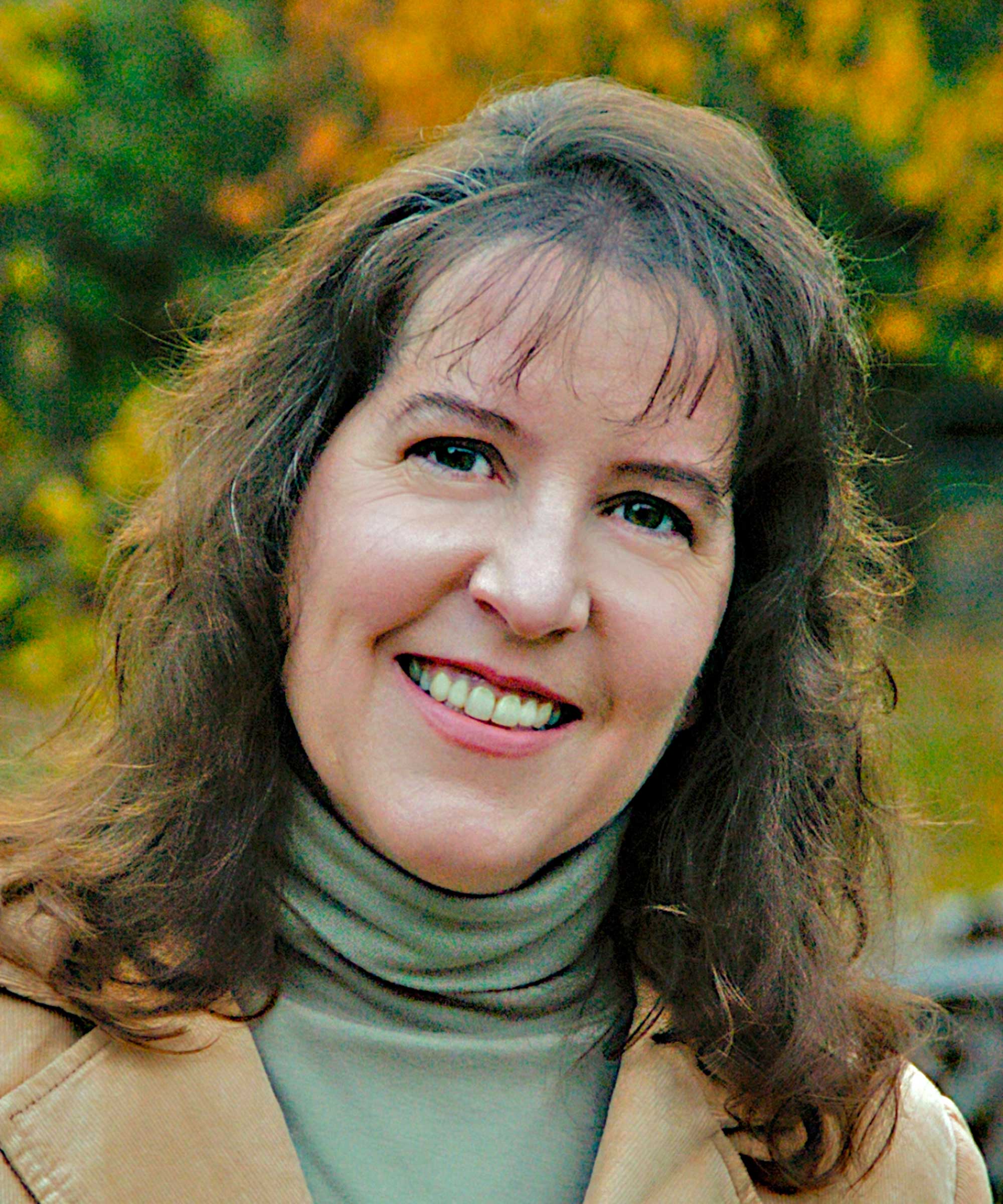
Janet Loughrey has been a full-time garden photographer and writer for 25 years. She lives and gardens in Portland, Oregon.
Bandana Pink Lantana | Available at Nature Hills
Bandana Pink Lantana has a long blooming season, flowering from late spring through summer. The flowers start out with a yellow color and mature to a rose.
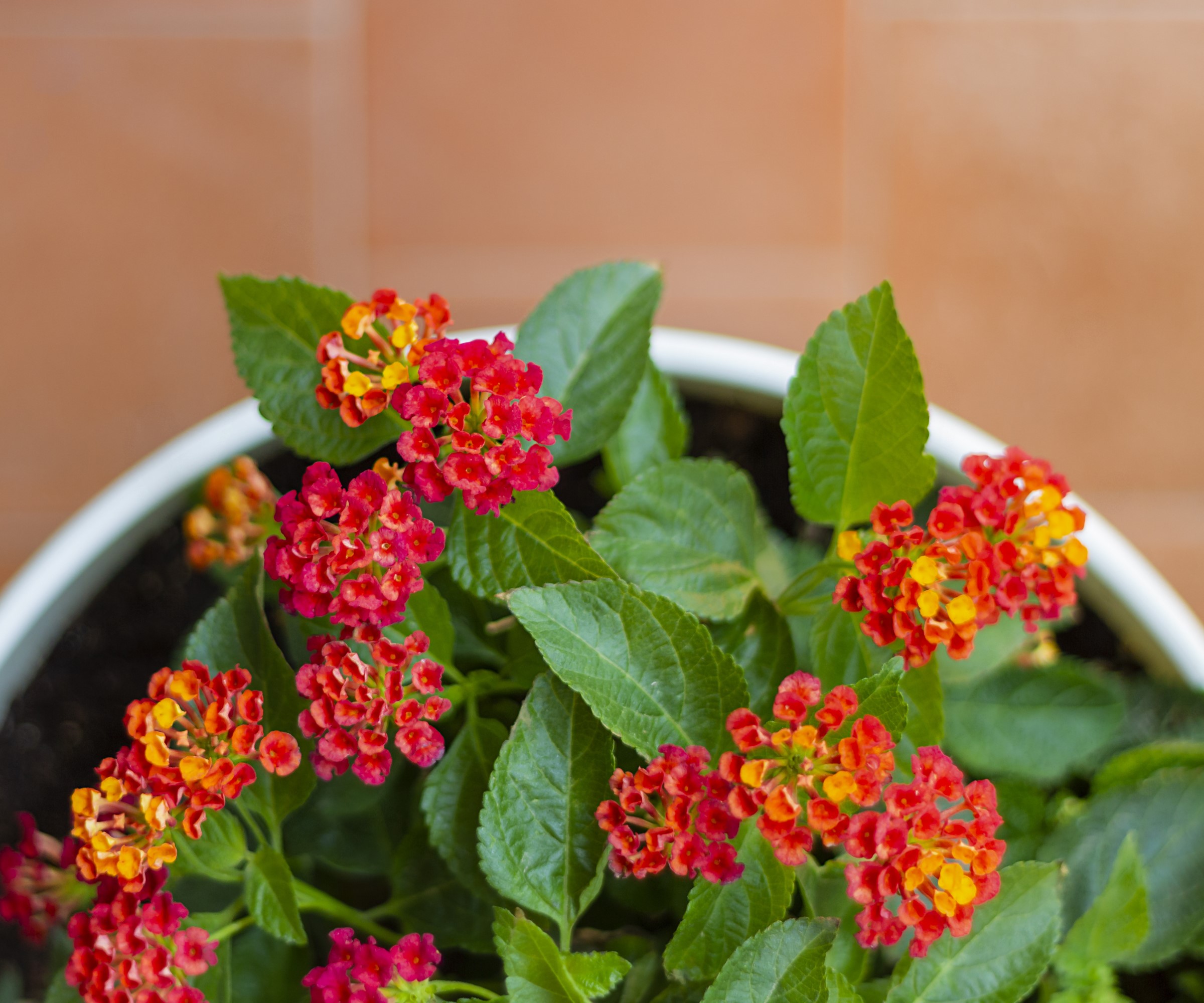
Lantana can thrive in containers in a sunny spot
Deadheading lantana to prevent spread
Lantana plants are classed as invasive species in some areas. This includes warmer parts of the US, including Florida, Arizona, and Texas. There may be restrictions on using lantana as part of any backyard landscaping ideas if you live in a frost-free area, or you may be limited to newer sterile varieties of lantana.
Fern Berg, gardening expert and founder of Tree Vitalize, says: ‘It is a good idea to check with local authorities to determine if lantana is considered invasive in your area. If it is, regular deadheading is a great way to help protect local biodiversity by preventing the spread of lantana seeds into natural areas.
‘Even if lantana is not considered invasive in your local area, you may choose to deadhead so that this prolific spreader doesn’t take over your own garden!’
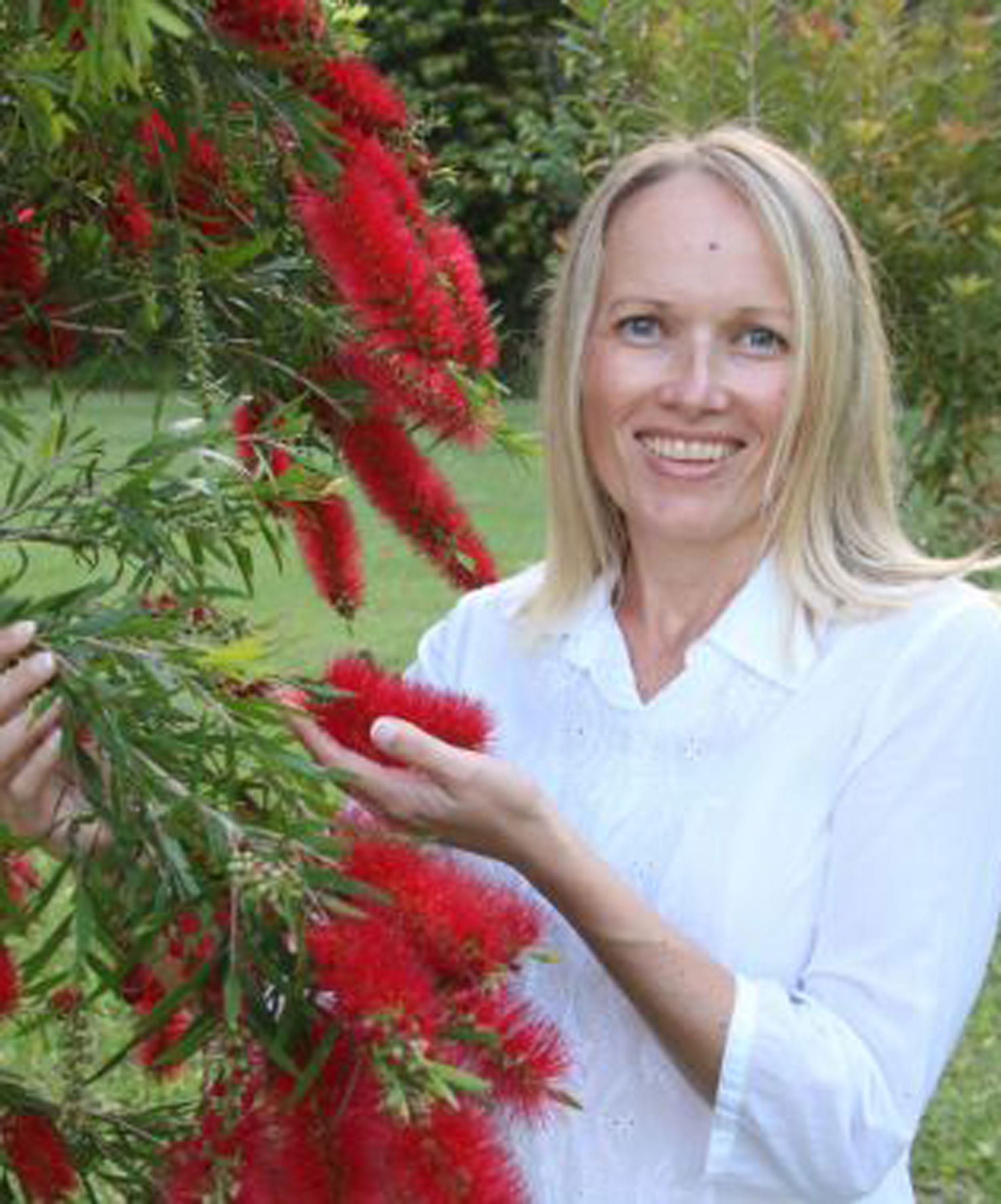
Fern Berg is the founder of Tree Vitalize and has planted and currently cares for over 100 different native and exotic fruit, nut, and ornamental trees. She also cultivates an extensive vegetable garden, several flower gardens and cares for an ever-growing happy family of indoor plants.
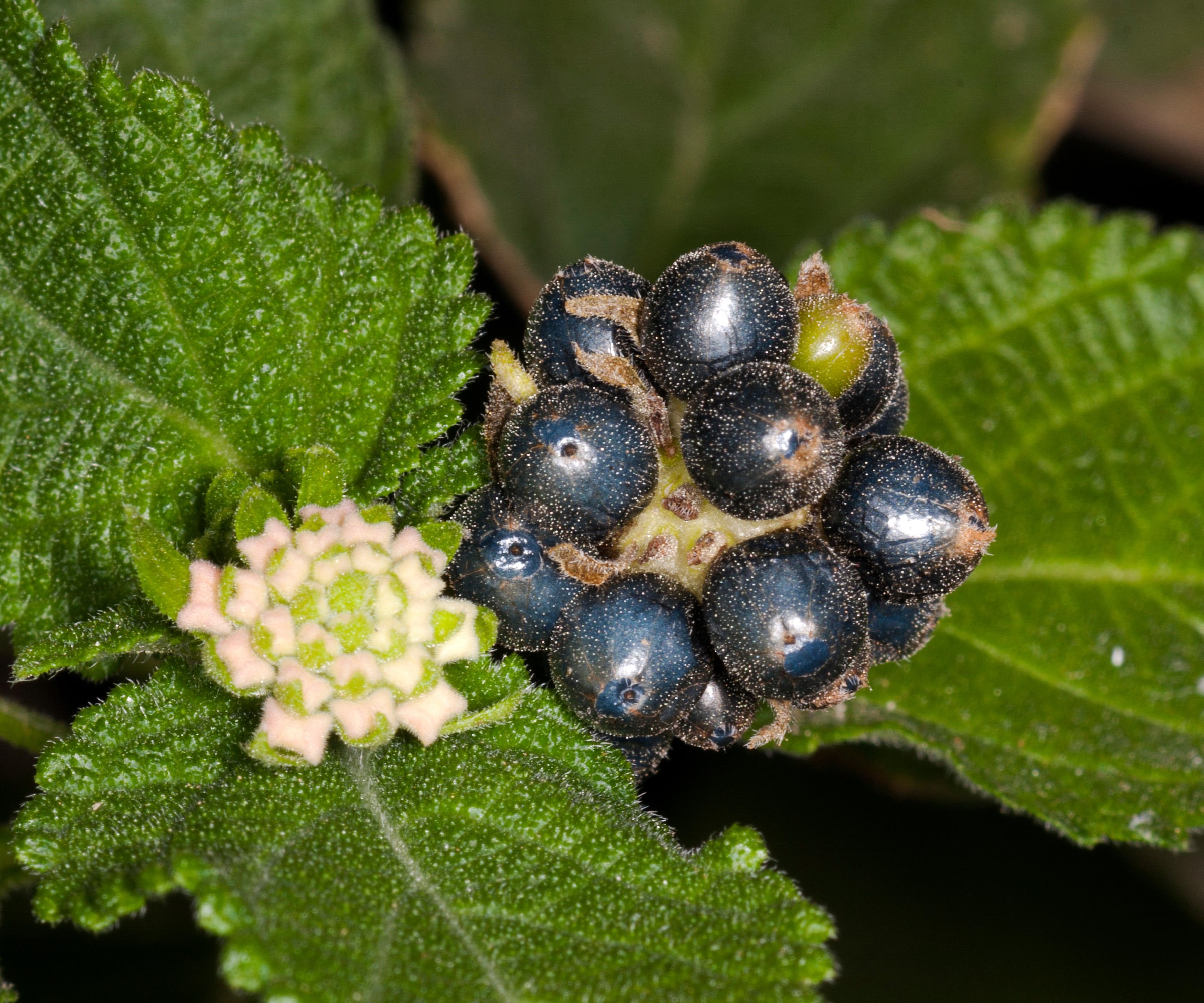
Lantana spreads by seed and can become invasive
When to deadhead lantana
Lantana has a long blooming season and deadheading needs to be done regularly. In warmer regions where lantana grow as perennials, it can mean deadheading year-round, though where they grow as annuals it will mean removing spent flowers from spring into fall.
Regularly inspecting your plants and heading out into the backyard with the aim of deadheading lantana often is recommended. When you notice a cluster of flowers starting to fade, or seed heads forming, that is the time to remove them. It is best to have a regular schedule of lantana deadheading, every two weeks at a minimum, to keep the plant looking at its best and developing more flower buds.

Deadheading lantana encourages new buds to open
How to deadhead lantana
The art of deadheading lantana is simple and can be done with garden tools, or just with your fingers. Make sure to use sharp and clean garden tools when deadheading to avoid spreading disease or damaging the plant. A pair of pruning shears, available at Amazon, is the best tool for deadheading lantana. Here is how to deadhead lantana in just a few easy steps:
- Identify a spent flower bloom or developing seed head
- Locate the first set of healthy leaves below the spent flower cluster
- Snip off the bloom just above a leaf node
- Alternatively, pinch off the flowers at the base of the stem
- Repeat this for each spent bloom
Spent flowers can be collected and added to the home pile to make compost, while any seed heads should be disposed of – especially if you live in an area where lantana is classed as invasive.
FAQs
How do I keep my lantana blooming?
As well as deadheading, you need to ensure that lantana gets at least six hours of sunlight and regular watering. Despite being drought-tolerant plants once established, lantana will benefit from watering in hot or dry spells.
If it looks like flower production is slowing down on your lantana, Janet Loughrey recommends ‘lightly shear back plants and use a light application of fertilizer to stimulate new growth and flower buds’. A balanced fertilizer, such as the PGF balanced feed available at Amazon, can be applied during the growing season to stimulate blooms, this is especially important if your plants are in a container garden.
As well as looking fantastic, lantana also serves useful purposes in the garden. Their flowers are rich in nectar and attract bees as well as attract butterflies and other beneficial pollinators into a space. On the other hand, they are also a great option for a rabbit and deer resistant plant due to their unattractive odor and taste.

Drew has worked as a writer since 2008 and was also a professional gardener for many years. As a trained horticulturist, he worked in prestigious historic gardens, including Hanbury Hall and the world-famous Hidcote Manor Garden. He also spent time as a specialist kitchen gardener at Soho Farmhouse and Netherby Hall, where he grew vegetables, fruit, herbs, and cut flowers for restaurants. Drew has written for numerous print and online publications and is an allotment holder and garden blogger. He is shortlisted for the Digital Gardening Writer of the Year at the 2025 Garden Media Guild Awards.
